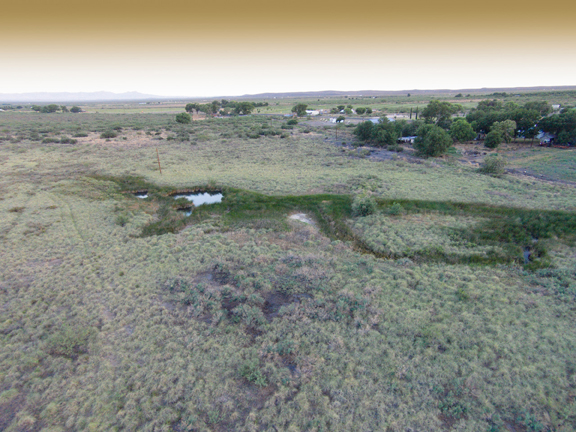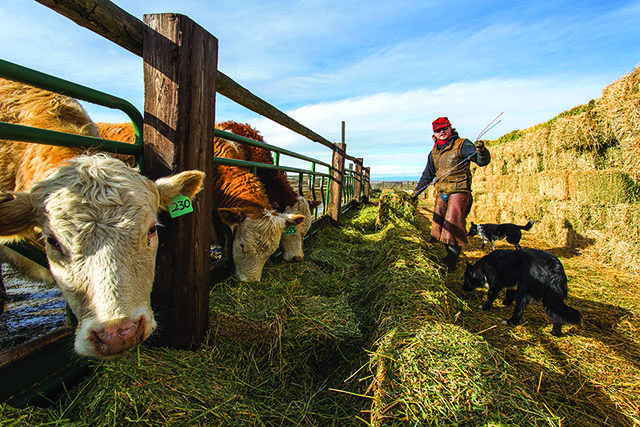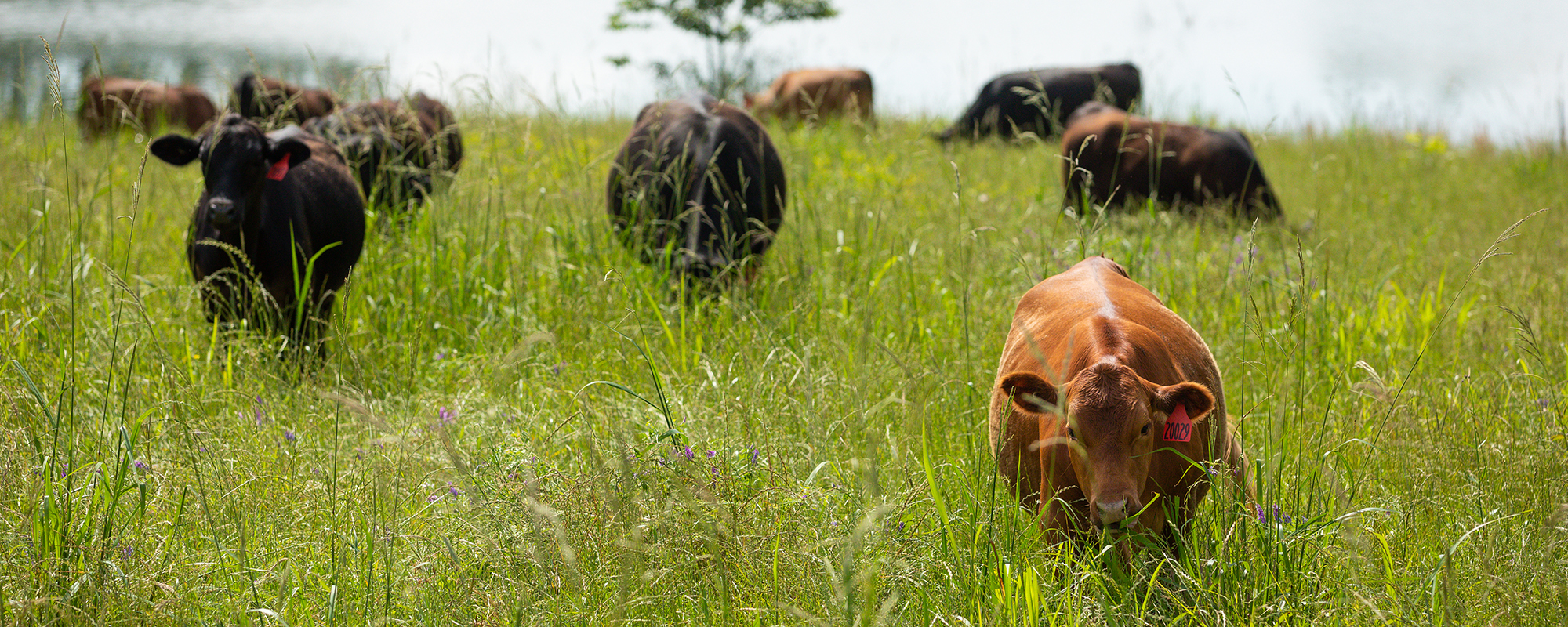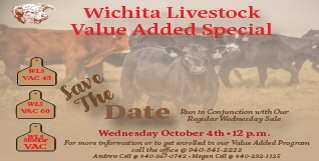HOME
Desert Wetlands

By Russell A. Graves
It’s unusual to see a diver down sign in the middle of the desert. In Toyahvale, Texas, one is prominent on the Desert Oasis Dive Shop. Toyahvale is a sleepy burg located in southern Reeves County where the Permian Basin and the Davis Mountains meet. To the north of Toyahvale, creosote bush flats extend across the parched landscape. To the south and west of the shop, high desert mountains jut from the surrounding scrub. Some of the mountains peak at more than a mile above sea level and are covered in century plants and an occasional ocotillo.
Location, location, location is the mantra of real estate practitioners and just to the east of the Toyahvale store is perhaps the best known of all the Texas desert wetlands and unlikeliest of scuba diving destinations, Balmorhea State Park. Drive past on State Highway 17 on any summer day and you’ll see scores of people enjoying the pool by diving from the two boards or just playing in the water in general.
Pulling into the gates, I mention to my wife that this year marks the 11th year we’ve come to Balmorhea State Park. In my mind it seems like yesterday but looking in the rearview mirror to the backseat, the three-year-old that we had in tow our first year is now a teenager and her little brother sitting opposite of her was still a year away from being born into our family. I have literally watched them grow up swimming in the spring-fed waters of this out-of-the-way park in the unlikeliest of places.
I’ve been an enthusiastic evangelist of the West Texas oasis. When people ask me for a recommendation on a fun but different family vacation, Balmorhea is always at the top of my list. Out on the edge of the creosote bush flats where the western Permian Basin meets the Davis Mountains, the swimming pool at Balmorhea is formed by San Solomon Springs, a 20 million gallon of water per day artesian freshwater fountain that floods the man-made, two acre swimming pool and the water flows out of the pool and downstream to provide drinking and agricultural water to an otherwise perennially parched landscape.
The spring gets its water from occasional rainfall that erupts over the distant mountains to the west and southwest. The water collects and flows through subterranean fissures and bubbles to the surface about two miles west of the Balmorhea city limits proper. Discovered long ago by Native Americans who roamed the mountains and basins region, the spring once consisted of a small pool surrounded by cattails, rushes, and other aquatic vegetation. In the 1930s, however, under the direction of the Civilian Conservation Corp (CCC), the spring and its natural pool were encased by a concrete retaining wall and flooded. When you swim in the pool today, you are the beneficiary of an ambitious project that embarked over seven decades ago.
In the boomerang shaped swimming area, one end is akin to a traditional swimming pool with a flat concrete bottom. In the rest of the swimming pool, rocks and aquatic vegetation line the bottom. Too deep to touch, most of the natural part of the pool’s bottom ranges from about 10 to 25 feet deep. The vegetation, rocks, and algae help keep the water clean even without the aid of modern filtration systems or chemicals. Moving water and a natural nitrogen conversion system designed perfectly by Mother Nature help keep the water crystal clear even at the deepest depths. As such, when you swim, you share the pool with catfish, Mexican tetra, soft-shelled turtles, and the rare Comanche Springs pupfish.
On a perfect June Saturday, I swam with my kids all day long. We snorkeled, jumped off the diving boards and swam around the pool. I even took the time to scuba dive in the crystal clear water and photograph the rare fish species.
To read more pick up a copy of the September 2017 NTFR issue. To subscribe call 940-872-5922.
HOME
Farm and Ranch Injuries

By Barry Whitworth, DVM
In January, I attended the Oklahoma Veterinary Conference. While waiting for one of the sessions to start, a classmate of mine commented how many of the attendees walk with a limp, used a cane, and/or have damaged hands. We all agreed that working with animals is hard on the body. In general, anything associated with farming and ranching is dangerous.
Most farmers and ranchers know that agriculture is a dangerous occupation. According to United States Bureau of Statistics, workers involved in agriculture, forestry, and fishing had the highest occupational fatality rate in 2022. The fatality rate of 23.5 per 100,000 full-time equivalent (FTE) workers for this group is much higher when compared to the overall occupation fatality rate of 3.7 per 100,000 FTE. Most of the agriculture-related fatalities are associated with transportation, such as tractor overturns, and vehicle crashes, but a fair number involve livestock.
To read more, pick up a copy of the March issue of NTFR magazine. To subscribe by mail, call 940-872-5922.
HOME
Jesses Jewelz

By Jesse Kader
Comfy and keep it western. That’s the name of the game this month. It’s hot and who wants clingy clothing? This jumpsuit is perfectly comfortable and relaxed without forfeiting the fashion. Dress it up or keep it casual. See this and more at www.jessesjewelz.com.
HOME
Noble Research Institute Expands New Program Offering Farmers and Ranchers the Essentials of Regenerative Ranch Management

The educational program has been expanded to three new locations, empowering ranchers and farmers to monitor and improve the health of their land, livestock and livelihood through regenerative principles.
ARDMORE, OK–September 12, 2023 – Noble Research Institute announced the expansion of Essentials of Regenerative Ranching, a new educational program designed to help ranchers enhance and restore the land, making it more resilient and reaching livestock grazing goals through regenerative management. Essentials of Regenerative Ranching provides producers with practical tools, hands-on experience and guidance to make data-driven decisions to decrease costs and improve profit.
The Essentials of Regenerative Ranching course has been expanded to three new locations in Texas and Oklahoma. Registration is open now at www.noble.org/essentials. Seating is limited, so early registration is recommended.
Texas A&M
College Station, Texas
October 17 – 18
O.D. Butler, Jr. Animal Science Complex
Noble Research Institute
Ardmore, Oklahoma
October 31 – November 1
Pavilion Center
Texas A&M
Kingsville, Texas
November 7-8
Caesar Kleberg Wildlife Center
“Program participants gain working knowledge and experience of monitoring and improving the health of their soil, grazing livestock more strategically and making informed financial decisions,” said Hugh Aljoe, Noble Research Institute’s director of ranches, outreach and partnerships. “We use a mix of classroom and field work to send producers home with the tools they need to begin making changes on their ranch.”
Farmers and ranchers navigate uncertainty from weather, fluctuating market prices and escalating costs of inputs. Many producers are seeking new tools that offer greater control and reduce their operational uncertainty. Through this course, ranchers and farmers will calculate their financial situations, determine initial stocking rates, carrying capacity and grazing goals.
“The course is well-suited for ranchers of all experience levels and all types and sizes of operations,” Aljoe added. “No matter your situation, this program will transform the way you think about your ranch.”
The Essentials of Regenerative Ranching program allows producers to overcome obstacles, become more informed problem-solvers and increase the productivity of their grazing lands. By participating in this program, ranchers join a community of like-minded producers who are shaping the future of ranching and leaving a lasting impact on their land and families. “If I had known what I learned in this course when I started my regenerative journey, I could have avoided some key mistakes,” said Tana McCarter, a rancher, and Essentials attendee. “I left with the tools I needed to monitor my soil health and financial progress. I’ll now have the right data to make informed decisions on how to meet my regenerative goals.”
Noble Research Institute is an independent nonprofit agricultural research organization dedicated to guiding farmers and ranchers in applying regenerative principles that yield healthier soil, more productive grazing land, and business success.
At Noble, researchers, facilitators and ranch staff work together to share with farmers and ranchers the skills and tools to regenerate the land in a profitable manner. Noble is focused on the regenerative management of the nation’s grazing acres, which directly impacts pasture and range environments, wildlife, pecan production, and livestock production. Regenerative management recognizes that each decision made on the ranch impacts the interactions of the soil, plants, water, animals, economics and people. Noble’s 14,000 acres of working ranch lands provide a living laboratory on which to demonstrate and practice regenerative principles and ideas to deliver value to farmers and ranchers across the U.S.
-

 Country Lifestyles1 year ago
Country Lifestyles1 year agoScott & Stacey Schumacher: A Growth Mindset
-

 Equine8 months ago
Equine8 months agoThe Will to Win
-

 Country Lifestyles7 years ago
Country Lifestyles7 years agoStyle Your Profile – What your style cowboy hat says about you and new trends in 2017
-

 Country Lifestyles4 years ago
Country Lifestyles4 years agoAmber Crawford, Breakaway Roper
-

 HOME7 years ago
HOME7 years agoGrazing North Texas – Wilman Lovegrass
-

 Outdoor9 years ago
Outdoor9 years agoButtercup or Primrose?
-

 Country Lifestyles7 years ago
Country Lifestyles7 years agoDecember 2016 Profile, Rusty Riddle – The Riddle Way
-

 Country Lifestyles8 years ago
Country Lifestyles8 years agoJune 2016 Profile – The man behind the mic: Bob Tallman






